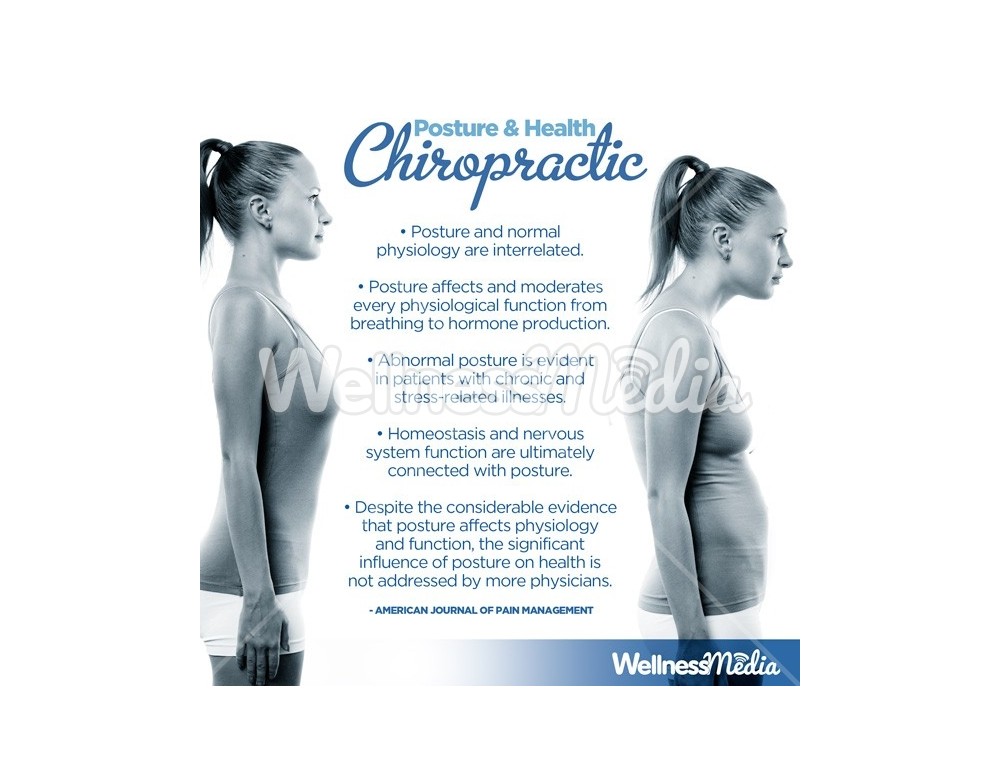Checking Out The Distinctions In Between Cold Laser Treatment And Developed Treatments
Checking Out The Distinctions In Between Cold Laser Treatment And Developed Treatments
Blog Article
Article Developed By-Weinstein Bradford
When considering your treatment options, it's essential to understand the differences in between cold laser treatment and typical methods. Cold laser treatment employs certain light wavelengths to improve recovery without discomfort, while traditional treatments often entail medicines or intrusive treatments. Each method has its advantages and disadvantages, which can considerably influence your recuperation. So, what elements should you weigh to determine which approach may be best for you?
Devices of Action: How Cold Laser Treatment Works Compared to Conventional Treatments
While traditional treatments frequently count on pharmaceuticals or intrusive procedures to minimize pain and advertise recovery, cold laser therapy utilizes a non-invasive strategy that directly targets damaged tissue.
This treatment utilizes specific wavelengths of light to penetrate the skin, promoting mobile activity in impacted locations. You'll discover that the light power advertises ATP production, boosting mobile metabolic rate and helping with tissue repair service.
Unlike traditional methods, cold laser treatment does not develop warmth or cause pain, making it a much more bearable choice. By enhancing blood flow and lowering inflammation, it motivates faster healing without adverse effects related to medications.
As you discover your alternatives, recognizing just how these mechanisms work can aid you make notified decisions concerning pain management and recovery techniques.
Advantages and Efficiency: Evaluating End Results of Cold Laser Treatment Versus Standard Methods
As you contrast cold laser treatment to traditional therapies, you'll discover that the advantages and efficacy of this innovative method can be fairly compelling.
see here leads to quicker discomfort alleviation and minimized inflammation without the side effects typically associated with medicines or invasive treatments. Patients regularly report improved movement and faster recovery times, making it an appealing alternative for different problems, including bone and joint injuries and chronic pain.
Additionally, laser therapy smoking -invasive nature implies less dangers of difficulties, allowing you to return to everyday tasks sooner. Many researches sustain its performance, demonstrating substantial renovations hurting monitoring and recovery prices.
Potential Downsides: Risks and Limitations of Cold Laser Treatment and Typical Treatments
Regardless of the appealing benefits of cold laser treatment, it is essential to take into consideration possible downsides and limitations connected with both this treatment and standard methods.
Cold laser treatment may not work for everybody, and its outcomes can vary based upon individual conditions. Some people may experience moderate side effects, such as short-term discomfort or skin irritation.
On the other hand, standard therapies usually come with dangers like side effects from medications or issues from invasive procedures. Additionally, typical therapies may require longer healing times.
It's necessary to consider these factors when choosing a treatment plan. Consulting with a medical care specialist can help you figure out the best strategy for your particular demands and circumstances.
Final thought
In conclusion, recognizing the distinctions between cold laser treatment and conventional treatments can empower you to make enlightened medical care choices. Cold laser treatment supplies a non-invasive choice with quicker discomfort relief and fewer negative effects, while typical techniques might be much more acquainted but might include longer recuperation times. Evaluating the advantages and drawbacks of each technique is important for finding the most effective solution for your individual demands. Depend on your impulses and look for specialist assistance to browse your treatment alternatives.
